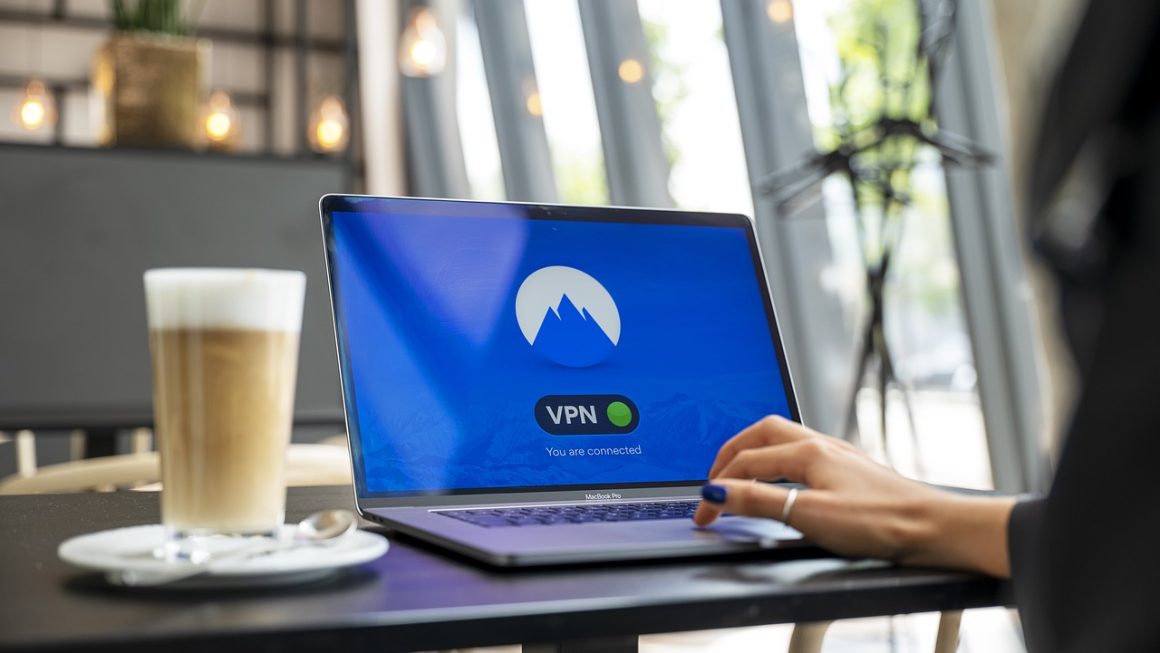Are you tired of lugging around a heavy paper planner, constantly searching for a pen, and struggling to keep your schedule organized across multiple devices? In today’s fast-paced digital world, the solution might just be a digital planner. Offering a convenient and eco-friendly alternative to traditional paper planners, digital planners are revolutionizing how we manage our time, tasks, and goals. This comprehensive guide will explore the world of digital planners, highlighting their benefits, features, and how to choose the perfect one for your needs.
What is a Digital Planner?
A digital planner is essentially a digital version of a traditional paper planner, designed for use on tablets, smartphones, and computers. Instead of writing with a pen, you use a stylus or your finger (depending on your device) to input appointments, tasks, notes, and more. Digital planners often come in the form of PDF templates, interactive apps, or web-based platforms.
Key Features of Digital Planners
Digital planners offer a range of features designed to streamline your planning process:
- Hyperlinking: Navigate effortlessly between different sections, months, and days.
- Customization: Tailor the planner to your specific needs with customizable templates, stickers, and color schemes.
- Synchronization: Access your planner across multiple devices, ensuring you’re always up-to-date.
- Search Functionality: Quickly find specific entries using keyword searches.
- Integration: Connect with other apps, such as calendar apps, to-do list apps, and note-taking apps.
- Multimedia Support: Add images, audio recordings, and even videos to your planner.
Types of Digital Planners
There are several types of digital planners available, each with its own advantages:
- PDF Planners: These are static PDF files designed to be used with annotation apps like GoodNotes, Notability, or Xodo. They are often more affordable and offer a wide range of designs.
- App-Based Planners: Dedicated apps designed specifically for digital planning. They often have more advanced features and better user interfaces but may come with a subscription fee. Examples include Todoist, Any.do, and Mem.
- Web-Based Planners: Accessed through a web browser, these planners offer the flexibility of accessing your planner from any device with an internet connection. Trello and Asana can be used effectively as digital planners.
Benefits of Using a Digital Planner
Switching to a digital planner offers numerous advantages over traditional paper planners:
Increased Organization and Efficiency
- Centralized Information: Keep all your schedules, tasks, and notes in one easily accessible location.
- Reduced Clutter: Eliminate the need for multiple notebooks and planners.
- Improved Time Management: Use features like reminders and recurring events to stay on track.
Enhanced Productivity and Goal Setting
- Goal Tracking: Set goals and track your progress towards achieving them.
- Task Management: Break down large tasks into smaller, more manageable steps.
- Prioritization: Identify and focus on the most important tasks.
Eco-Friendly and Cost-Effective
- Reduced Paper Waste: Contribute to a more sustainable lifestyle by eliminating paper usage.
- Long-Term Savings: While there may be an initial investment, digital planners can save you money in the long run by eliminating the need to constantly repurchase paper planners.
- Durability: No more ripped pages or worn-out covers. Your digital planner will last as long as your device does.
Accessibility and Portability
- Access Anytime, Anywhere: Access your planner from any device with an internet connection or offline access.
- Lightweight and Portable: Carry your entire planner with you on your tablet or smartphone.
- Easy Sharing: Share your schedule and tasks with others easily.
Choosing the Right Digital Planner
With so many options available, selecting the perfect digital planner can feel overwhelming. Here are some factors to consider:
Device Compatibility
- Tablet: iPads and Android tablets are popular choices for digital planning due to their larger screen sizes and stylus support.
- Smartphone: While not ideal for detailed planning, smartphones are great for quick access to your schedule and tasks.
- Computer: Use web-based planners or desktop apps for more in-depth planning and organization.
Features and Functionality
- Consider your specific needs: Do you need advanced features like goal tracking, habit tracking, or project management tools?
- Evaluate the user interface: Choose a planner with an intuitive and user-friendly interface.
- Look for customization options: Make sure you can customize the planner to your personal preferences.
Pricing and Subscription Models
- Free Options: Some digital planners offer free versions with limited features.
- One-Time Purchase: PDF planners often require a one-time purchase.
- Subscription-Based: App-based and web-based planners may require a monthly or annual subscription.
Popular Digital Planning Apps
Here are some of the most popular digital planning apps:
- GoodNotes: A popular note-taking app with excellent annotation features, ideal for use with PDF planners.
- Notability: Another great note-taking app with similar features to GoodNotes.
- Todoist: A powerful task management app with a clean and intuitive interface.
- Any.do: A simple and user-friendly to-do list app with calendar integration.
- Trello: A visual project management tool that can be used as a digital planner.
- Asana: Another project management tool with robust features for task management and collaboration.
Getting Started with Digital Planning
Once you’ve chosen your digital planner, here are some tips for getting started:
Select the Right Software
- Choose an annotation app: If you’re using a PDF planner, select a suitable annotation app like GoodNotes, Notability, or Xodo.
- Install the app on your device: Download and install the chosen app on your tablet or smartphone.
Import Your Digital Planner
- Download the planner file: Download the PDF planner file from the seller or website.
- Import the file into your annotation app: Import the PDF file into your chosen annotation app.
Customize Your Planner
- Choose a template: Select a template that suits your needs and preferences.
- Add stickers and decorations: Personalize your planner with stickers and decorations.
- Customize the color scheme: Change the colors to match your personal style.
Start Planning!
- Add appointments and tasks: Start adding your appointments and tasks to your planner.
- Set reminders: Set reminders to stay on track and avoid missing important events.
- Review and update your planner regularly: Make it a habit to review and update your planner regularly to stay organized and productive.
Conclusion
Digital planners offer a compelling and efficient alternative to traditional paper planners, offering a range of benefits from increased organization and productivity to environmental sustainability. By carefully considering your needs, device compatibility, and budget, you can find the perfect digital planner to streamline your life and achieve your goals. Embrace the digital revolution and unlock your full potential with the power of digital planning.




